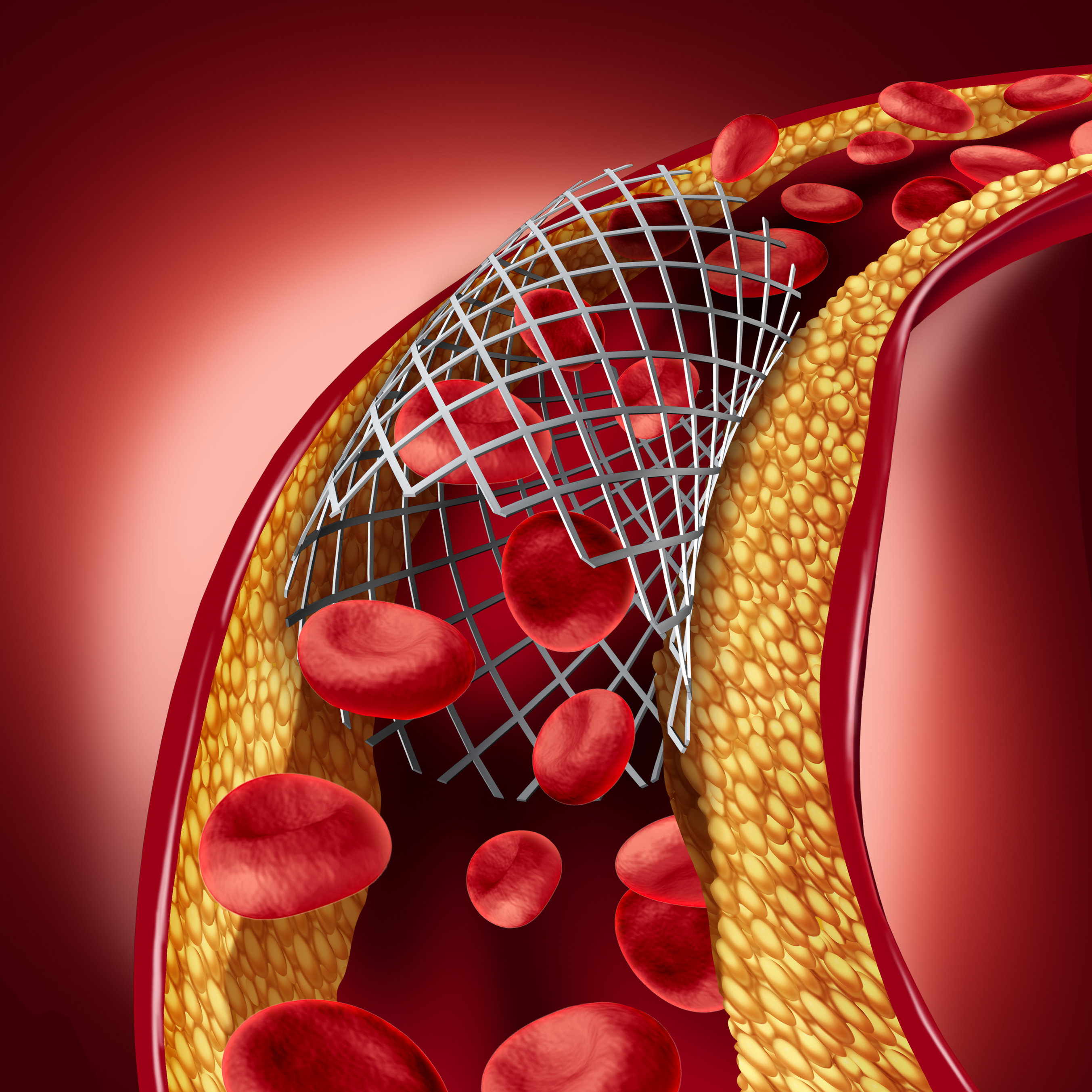They clog your arteries and make your heart vulnerable. But not all cholesterol is bad. Medibulletin takes you through bad and good cholesterol
The terms bad and good cholesterol are used in every conversation theses days. Cholesterol tests, also called lipid profile measure the amount of cholesterol in mg/dL. Most tests show HDL, LDL, triglyceride, total (serum) cholesterol and total cholesterol/HDL ratio. The total cholesterol score is a person’s HDL and LDL cholesterol levels and 20 percent of their triglyceride level added together.
Bur how to make sense of those tests and those levels? Read on.
Bad cholesterol (low-density lipoprotein, or LDL) deposits excess cholesterol in your arteries that builds up plaques increasing the likelihood of heart disease and blood clots.
Good cholesterol (high-density lipoprotein, or HDL) carries excess cholesterol back to your liver so that it can be excreted.
It is advised to keep LDL levels down and HDL levels up to prevent heart disease.
The National Institutes of Health have published the following cholesterol guidelines. These numbers should be correlated with other element like any pre-existing diseases, lifestyle factors like smoking, obesity, alcohol intake, and family history of heart disease to determine overall heart disease risk.
Choose fruits, vegetables, whole grains, low-fat or non-fat dairy products, fish, poultry without the skin, and, in moderate amounts, lean meats, avoid smoking, limit use of saturated fats, fried foods, salt, and sweets, and exercising for 30 minutes, four to five times per week to achieve healthy cholesterol levels.
Total Cholesterol :
|
Total cholesterol level |
Category |
|
Less than 200 mg/dL |
Desirable |
|
200-239 mg/dL |
Borderline high |
|
240 mg/dL and above |
High |
LDL Cholesterol :
|
LDL cholesterol level |
Category |
|
Less than 100 mg/dL |
Optimal |
|
100-129 mg/dL |
Near optimal – above optimal |
|
130-159 mg/dL |
Borderline high |
|
160-189 mg/dL |
High |
|
190 mg/dL and above |
Very high |
HDL Cholesterol :
|
HDL Cholesterol level |
Category |
|
Less than 40 mg/dL |
Heart disease risk |
|
40-59 mg/dL |
The higher, the better |
|
Greater than 60 mg/dL |
Protects against heart disease |
According to AHA, consideration for other factors like triglyceride level, other existing health conditions, lifestyle, and family history of heart disease is essential to arrive at a desirable cholesterol level.
Optimal level for LDL is considered to be 100 mg/dl and for HDL it is above 60 mg/dl for healthy individuals.
It is desirable to get a cholesterol check at least every 5 years, or as recommended by a doctor. Choose fruits, vegetables, whole grains, low-fat or non-fat dairy products, fish, poultry without the skin, and, in moderate amounts, lean meats, avoid smoking, limit use of saturated fats, fried foods, salt, and sweets, and exercising for 30 minutes, four to five times per week to achieve healthy cholesterol levels.


